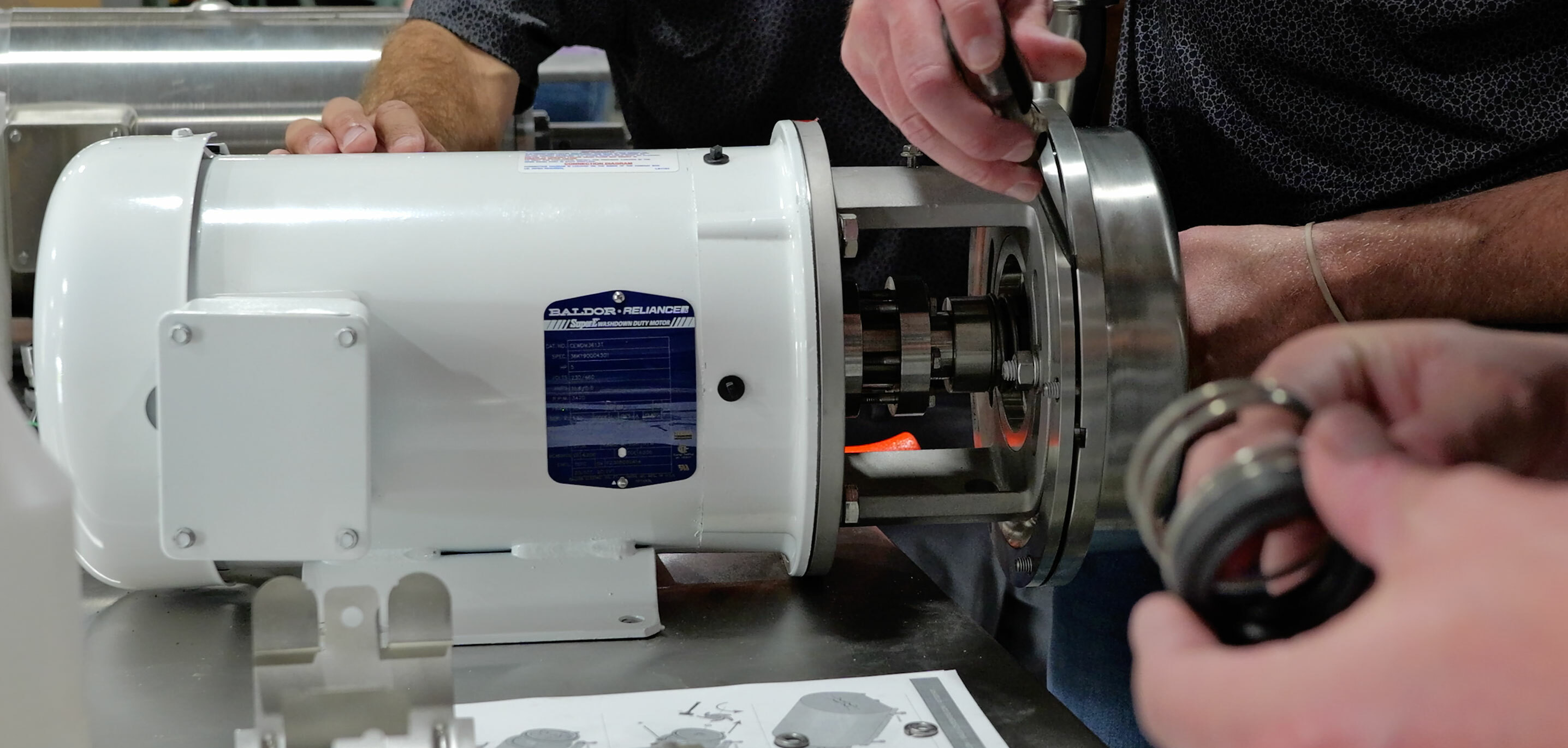Posted At: Apr 03, 2025 - 1,005 Views

5 Common Causes of Pump Seal Leakage and Failure
Introduction
Pump seals play a critical role in ensuring the efficiency and longevity of pumps. However, when these seals fail, they can cause significant downtime, costly repairs, and system inefficiencies. Understanding the root causes of pump seal leakage and failure can help in preventing unexpected breakdowns and enhancing equipment performance. If you need more details please check here.
1. Improper Installation
Impact of Incorrect Installation on Seal Performance
One of the primary reasons anr mechanical seal failure is improper installation. Even the most advanced mechanical seals can fail prematurely if not installed correctly. Misalignment, overtightening, or loose fittings can lead to excessive wear and tear.
Common Installation Mistakes
- Misalignment of the seal faces
- Insufficient lubrication during installation
- Over-tightening the gland plate
- Using the wrong type of seal for the pump application
Prevention
Always follow the manufacturer’s installation guidelines.
Use proper tools and techniques for fitting seals.
Ensure alignment before starting the pump.
2. Operating Under Extreme Conditions
Effects of Temperature and Pressure on Pump Seals
Pumps often operate under extreme conditions, including high temperatures, excessive pressure, and fluctuating operating speeds. These harsh conditions can lead to seal degradation and eventual failure.
Signs of Extreme Condition Damage
- Cracked or burned seal faces
- Swollen or deformed elastomers
- Increased leakage and reduced efficiency
Prevention
Use seals designed for high-temperature and high-pressure applications.
Monitor pump conditions regularly and adjust operational parameters accordingly.
Implement proper cooling or lubrication mechanisms.
3. Contaminants in the System
How Contaminants Affect Seal Life
Contaminants such as dirt, debris, and chemicals can significantly impact centrifugal pump mechanical seal leaking issues. Particles trapped between seal faces can lead to excessive wear, while corrosive chemicals may degrade the seal materials.
Common Contaminants
- Dirt and solid particles
- Chemicals and corrosive fluids
- Oil and grease build-up
Prevention
Install proper filtration systems to prevent contaminants from entering the pump.
Regularly clean and inspect the pump components.
Use seals made from materials that resist chemical degradation.
4. Dry Running
Why Dry Running Causes Seal Failure
One of the most common reasons for pump seal failure is dry running. When a pump operates without sufficient liquid, the seals are deprived of lubrication and cooling, leading to excessive friction and overheating.
Indicators of Dry Running Damage
- Discoloration or heat cracks on seal faces
- Excessive heat generation during operation
- Increased seal wear and leakage
Prevention
Ensure the pump is always primed before operation.
Install flow and pressure sensors to detect dry running conditions.
Use self-lubricating or water-cooled seals for high-risk applications.
5. Incorrect Material Selection
Choosing the Right Seal Material for Longevity
Not all mechanical seals are suitable for every application. Using a seal material that isn’t compatible with the pumped fluid can lead to rapid wear and failure.
Factors to Consider in Seal Material Selection
- Compatibility with the fluid being pumped
- Resistance to temperature fluctuations
- Ability to withstand chemical exposure
Prevention
Select seal materials based on fluid composition and operating conditions.
Consult with manufacturers or experts for optimal material choices.
Use advanced seal technologies such as ceramic, silicon carbide, or PTFE seals for specific applications.
Conclusion
Understanding and addressing the causes of pump seal leakage and mechanical seal failure analysis can help extend the life of pumps, reduce downtime, and save on costly repairs. By ensuring proper installation, maintaining optimal operating conditions, keeping the system free from contaminants, preventing dry running, and selecting the right materials, you can significantly enhance the reliability of your pumps.
Frequently asked questions
1. How often should pump seals be replaced?
The replacement frequency depends on operating conditions and maintenance practices, but regular inspections can help determine when a seal needs to be replaced.
2. What is the most common sign of mechanical seal failure?
Excessive leakage, unusual noises, and overheating are common indicators of mechanical seal failure.
3. Can a mechanical seal be repaired instead of replaced?
In some cases, minor damages can be repaired, but it’s often more cost-effective to replace a severely worn-out seal.
4. How can I prevent dry running in my pump?
Ensure the pump is properly primed, install flow sensors, and use self-lubricating seals to prevent dry running.
5. What materials are best for pump seals?
The best materials depend on the fluid and operating conditions. Common options include carbon, ceramic, silicon carbide, and PTFE.


